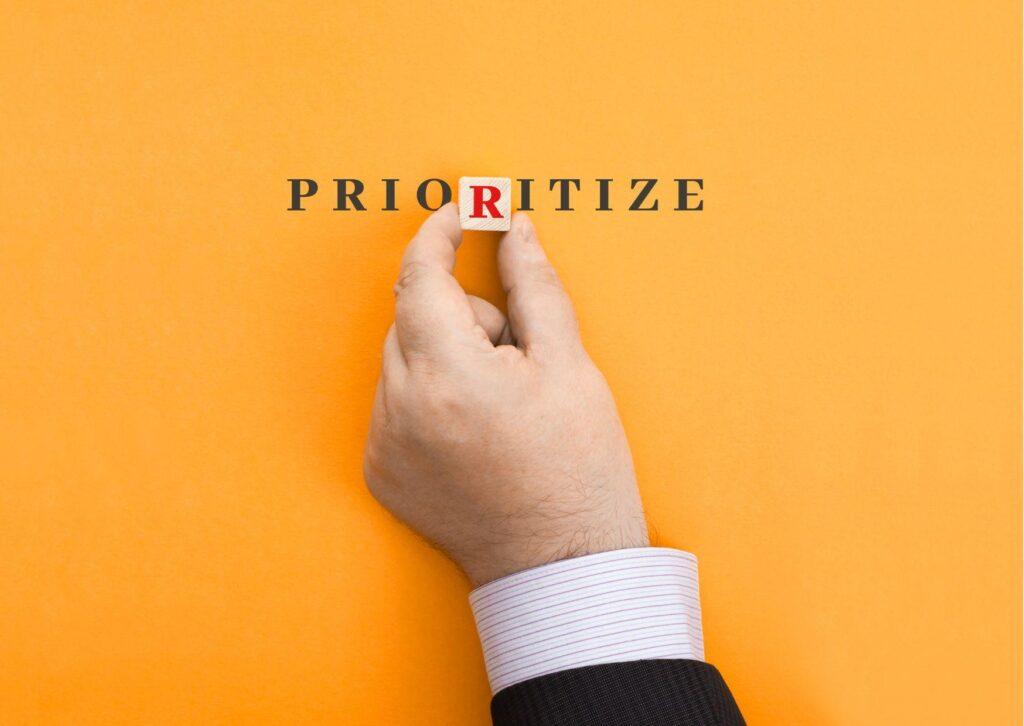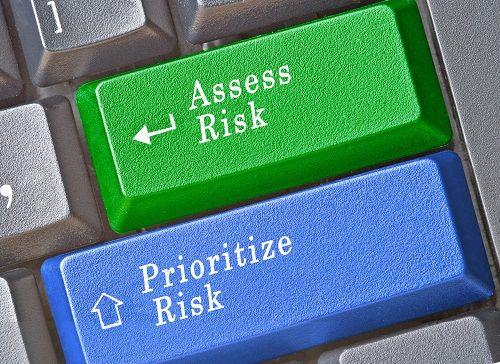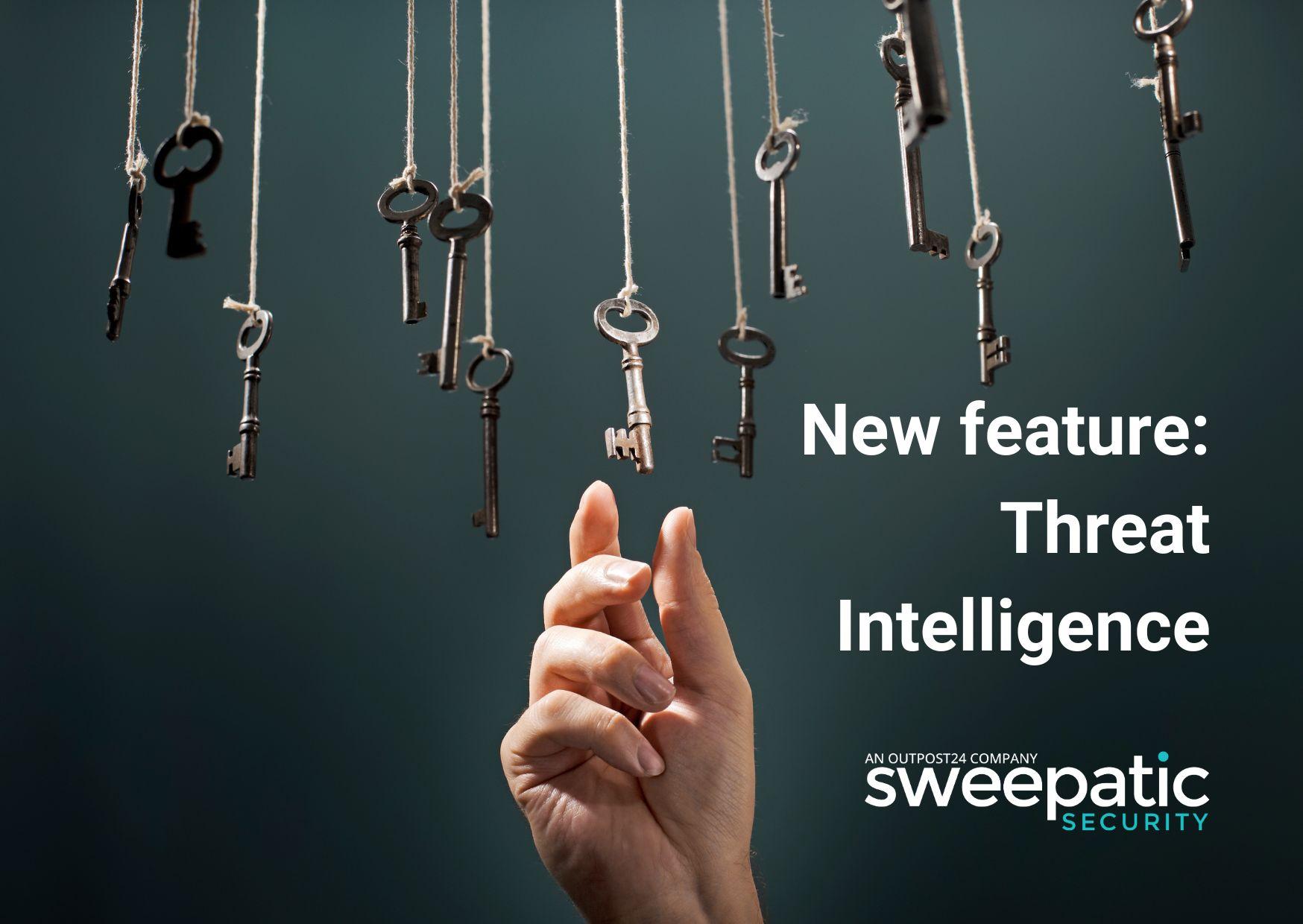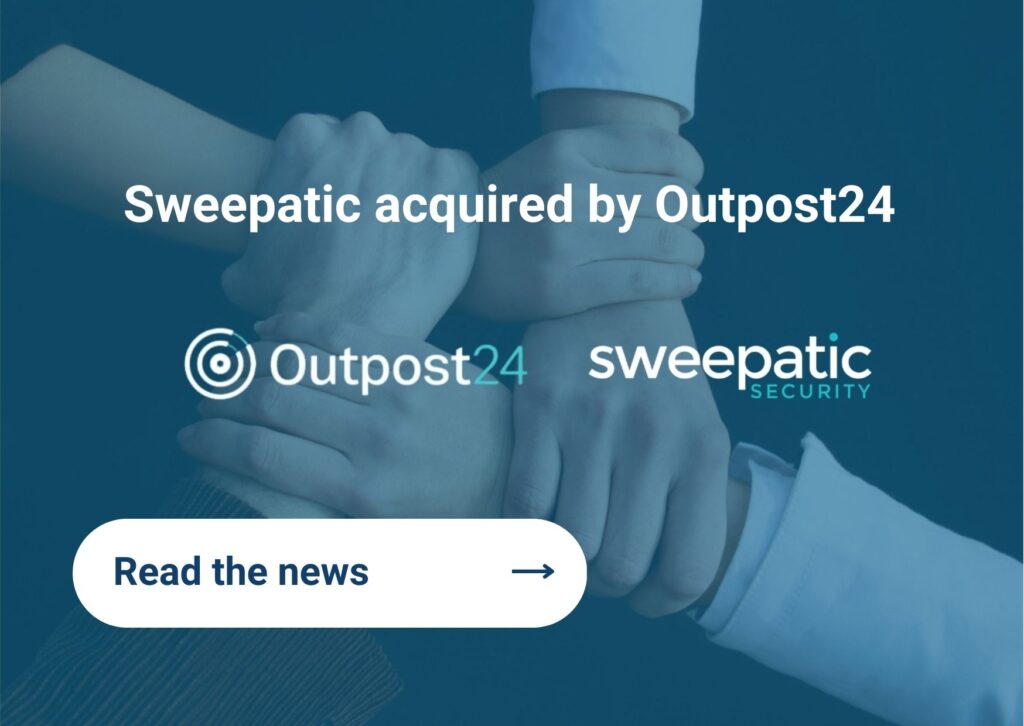
Home > How to prioritize risks in the external attack surface

In today’s dynamic digital landscape, organizations are confronted with an expanding attack surface that necessitates effective risk management to protect themselves from a wide range of cyber-attacks. The complexity and volume of threats require advanced security tools that offer attack surface visibility and prioritization capabilities.
By leveraging these tools, organizations can gain valuable insights into their attack surface, identify potential vulnerabilities, and prioritize risks based on their severity and potential impact. In this blog post, we will share which steps an organization can take to prioritize risks in the external attack surface.

Understanding the Growing External Attack Surface
The external attack surface refers to the sum of an organization’s digital footprint exposed to the public internet. It encompasses elements such as web applications, APIs, cloud services, internet-exposed assets, and even the online presence of key employees. Identifying and managing the risks associated with these external assets is essential for effective cybersecurity.
EASM helps you track shadow IT and new assets added to the attack surface, like newly launched websites, registered domains, and open ports that shouldn’t be publicly available.
Assessing the vulnerability
Once the assets are discovered, it’s important these assets are scanned for vulnerabilities, misconfigurations, and outdated software versions. By uncovering these weaknesses in your digital infrastructure your organization is equipped with critical insights needed for effective risk prioritization.

Scoring and Prioritization
The weaknesses discovered must be scored and prioritized based on their potential impact. This ensures that resources are allocated to address the most critical risks first. Factors such as exploitability, exposure level, and business impact need to be taken into consideration.
For example, an exposed service (e.g., an SSH port:22 publicly available for everyone on the internet), will usually get a higher prioritization because of the potential risk it poses to the organization.
Continuous Monitoring and Alerting
The attack surface is constantly changing and evolving, making continuous monitoring essential. Being alerted of any changes or newly identified risks allows you to respond swiftly and mitigate any emerging threats effectively.
Conclusion
Prioritizing risks within the attack surface is essential for a strong cybersecurity posture. By leveraging an advanced security tool’s comprehensive attack surface discovery, automated vulnerability assessment, risk scoring, continuous monitoring, and alerting, organizations can enhance their security significantly by effectively prioritizing risks, allocating resources efficiently, and implementing mitigation strategies.
What's Next? Request your free demo
Do you have an automatic and continuous way to discover, analyze and monitor all your online IT assets? Curious to see how the Sweepatic External Attack Surface Management Platform identifies and prioritizes vulnerabilities, issues, and changes in the attack surface? Request your free demo and find out about your attack surface up close!
More questions? Check out our FAQ.
Follow us on LinkedIn and Twitter and subscribe to our newsletter to get the scoop on company news and new blog posts!



